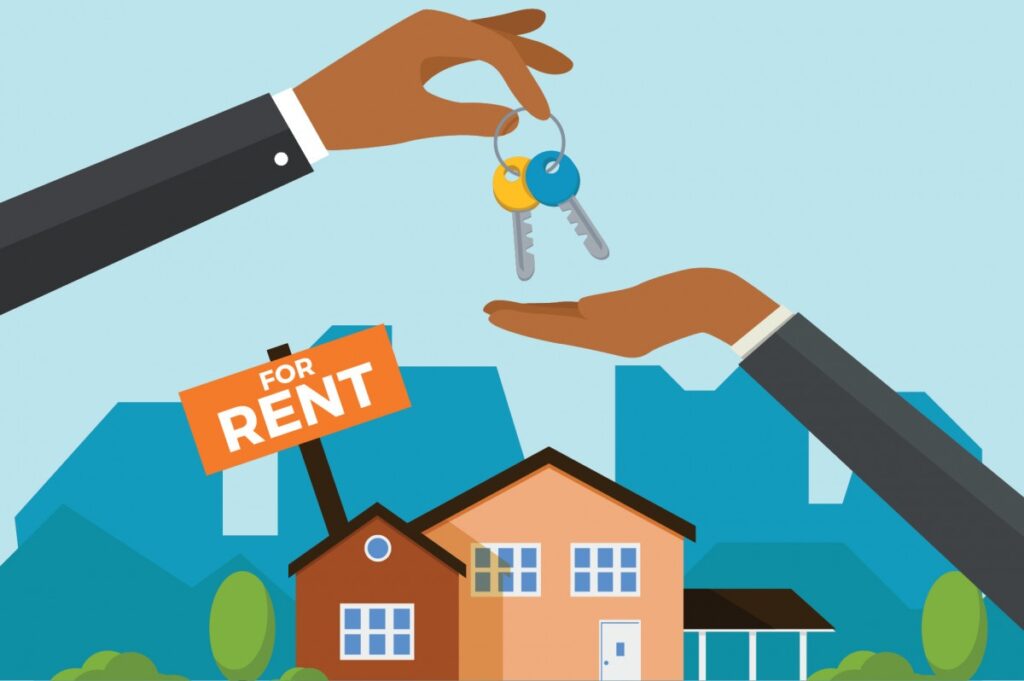RENT CONTROL AND TENANT RIGHTS: EXPLORING LEGAL FRAMEWORKS AND PROTECTIONS
Introduction:
Rent control and tenant rights play a crucial role in ensuring affordable housing and protecting the interests of tenants. These legal frameworks and protections aim to strike a balance between landlords’ property rights and tenants’ rights to fair and stable housing. In this article, we will delve into the concept of rent control, examine the various legal frameworks around the world, and explore the protections offered to tenants.
Understanding Rent Control:
Rent control refers to a system of laws and regulations that limit the amount landlords can charge for rent and impose restrictions on rent increases. The primary goal of rent control is to provide affordable housing options and prevent unjustified rent hikes that could lead to housing instability and displacement.
Legal Frameworks:
Rent control policies vary across jurisdictions, and they can be implemented at the local, state, or national level. Let’s explore some common legal frameworks around the world:
- Tenant Protection Acts: Many countries have enacted legislation to safeguard tenant rights. These acts typically outline the rights and responsibilities of landlords and tenants, establish fair rental practices, and provide mechanisms for dispute resolution.
- Rent Stabilization Programs: Some jurisdictions have implemented rent stabilization programs that regulate rent increases within certain limits. Under these programs, landlords can only raise rents by a specified percentage annually, often tied to inflation rates or other economic indicators.
- Just Cause Eviction Laws: These laws require landlords to have a justifiable reason, such as non-payment of rent or lease violations, to evict a tenant. Just cause eviction laws provide additional security to tenants, preventing arbitrary evictions and ensuring due process.
- Rent Control Boards: In certain regions, dedicated rent control boards or agencies oversee the implementation and enforcement of rent control policies. These boards set rent increase limits, mediate disputes between landlords and tenants, and ensure compliance with relevant regulations.
Tenant Protections:
Apart from rent control measures, several tenant protections exist to safeguard their rights. Some common protections include:
- Security of Tenure: Tenants have the right to secure and uninterrupted occupancy, as long as they comply with the terms of the lease agreement and pay rent in a timely manner. Landlords generally cannot terminate a tenancy without a valid reason and proper notice.
- Habitability Standards: Landlords are typically obligated to provide habitable and safe living conditions. This includes maintaining essential amenities, addressing structural issues, and ensuring compliance with health and safety codes.
- Non-Discrimination: Laws prohibit landlords from discriminating against tenants based on characteristics such as race, religion, gender, or disability. This ensures equal access to housing opportunities for all individuals.
- Privacy Rights: Tenants have a right to privacy within their rented premises. Landlords generally require proper notice and valid reasons before entering a tenant’s unit.
Conclusion:
Rent control and tenant rights are crucial for promoting housing stability, affordability, and fairness. By implementing legal frameworks that balance the interests of landlords and tenants, societies can strive for a more equitable housing landscape. Governments must continually evaluate these frameworks to ensure they address evolving challenges and meet the needs of all stakeholders involved.


